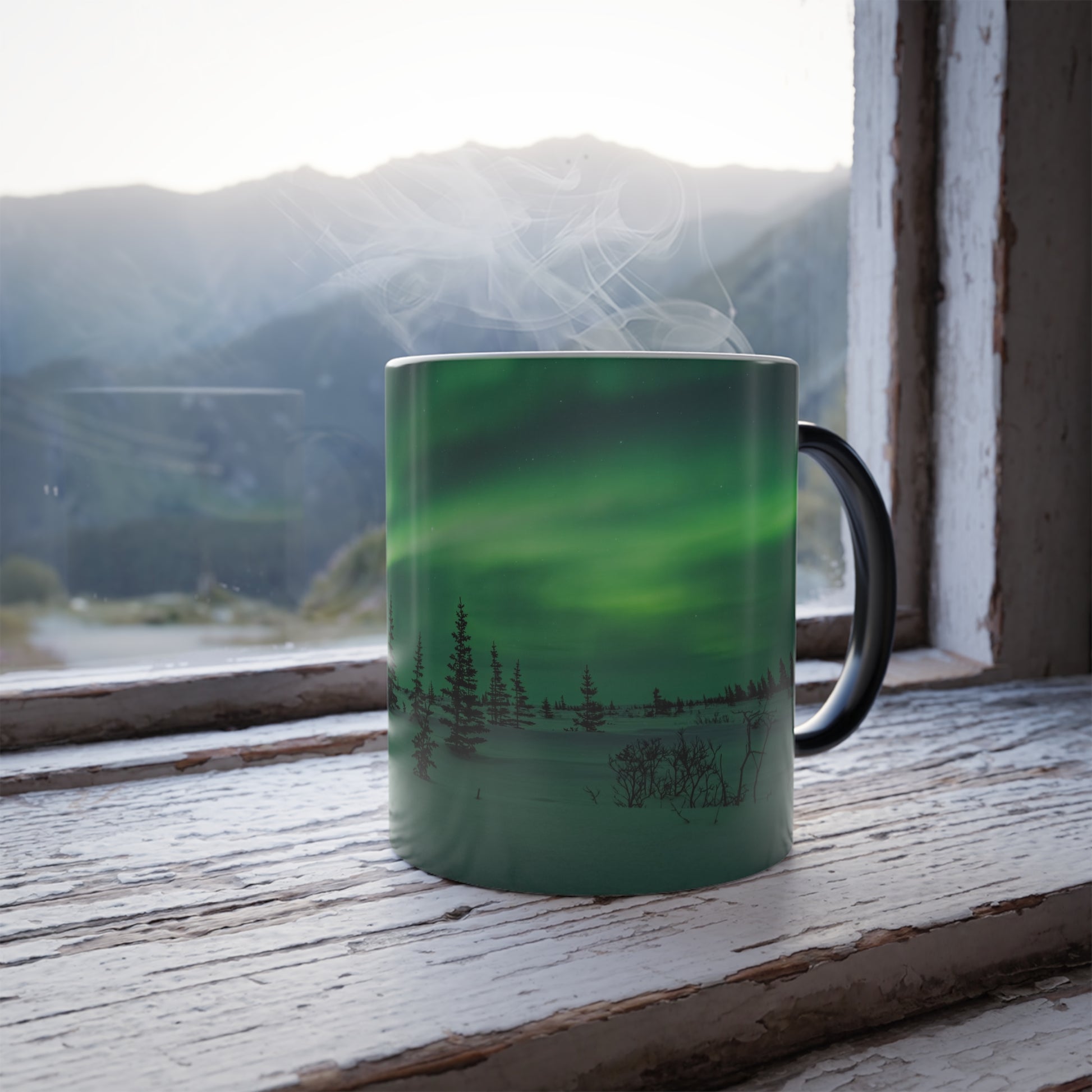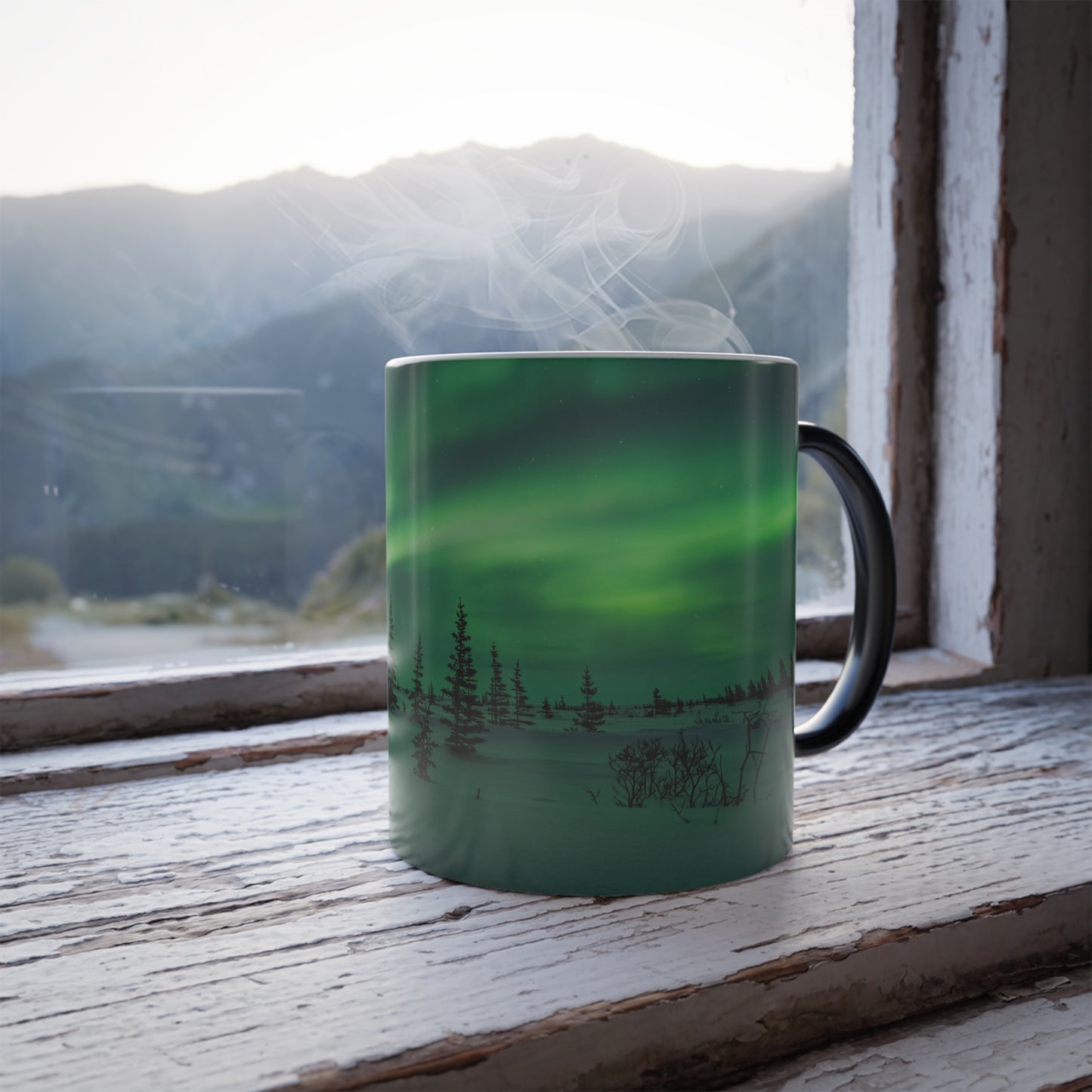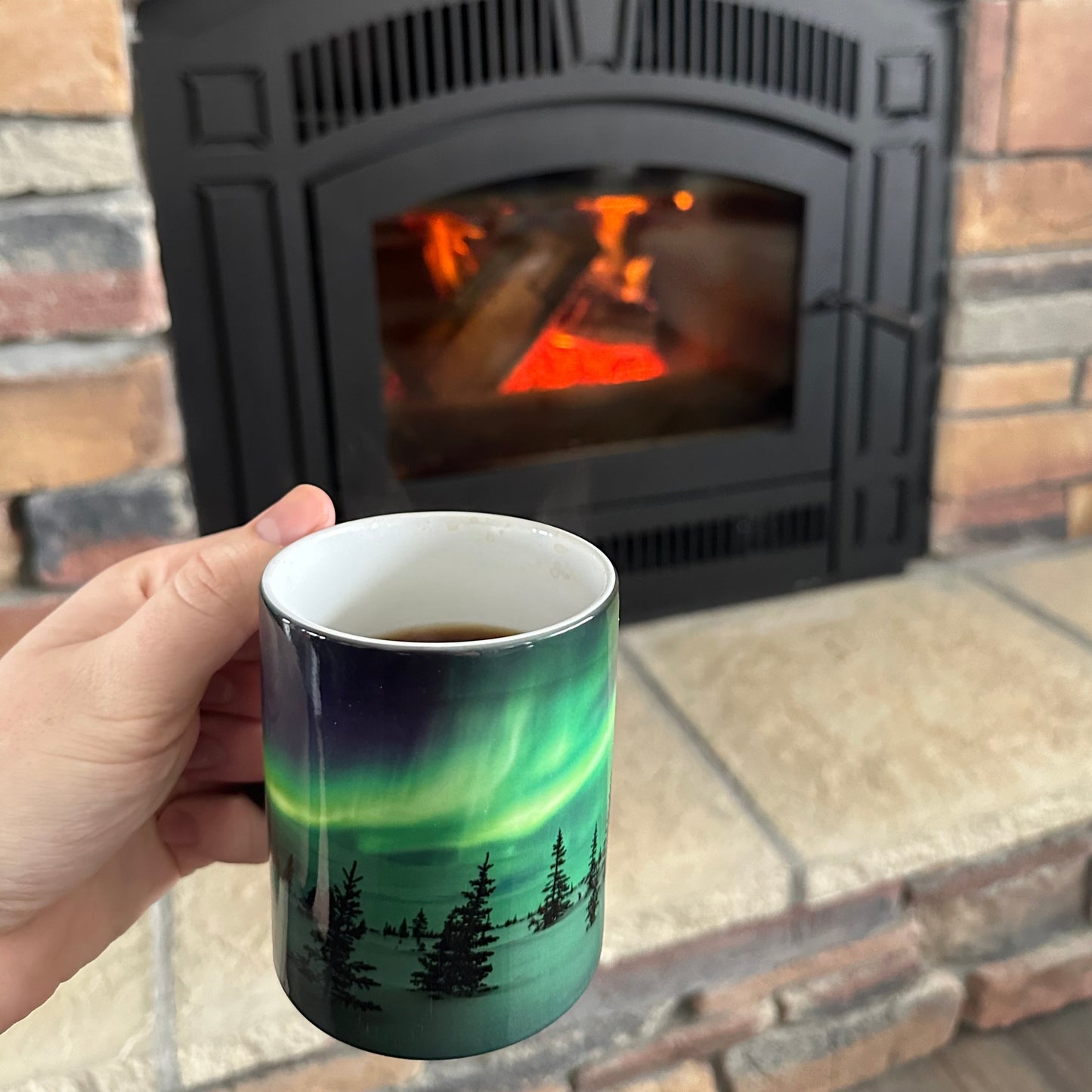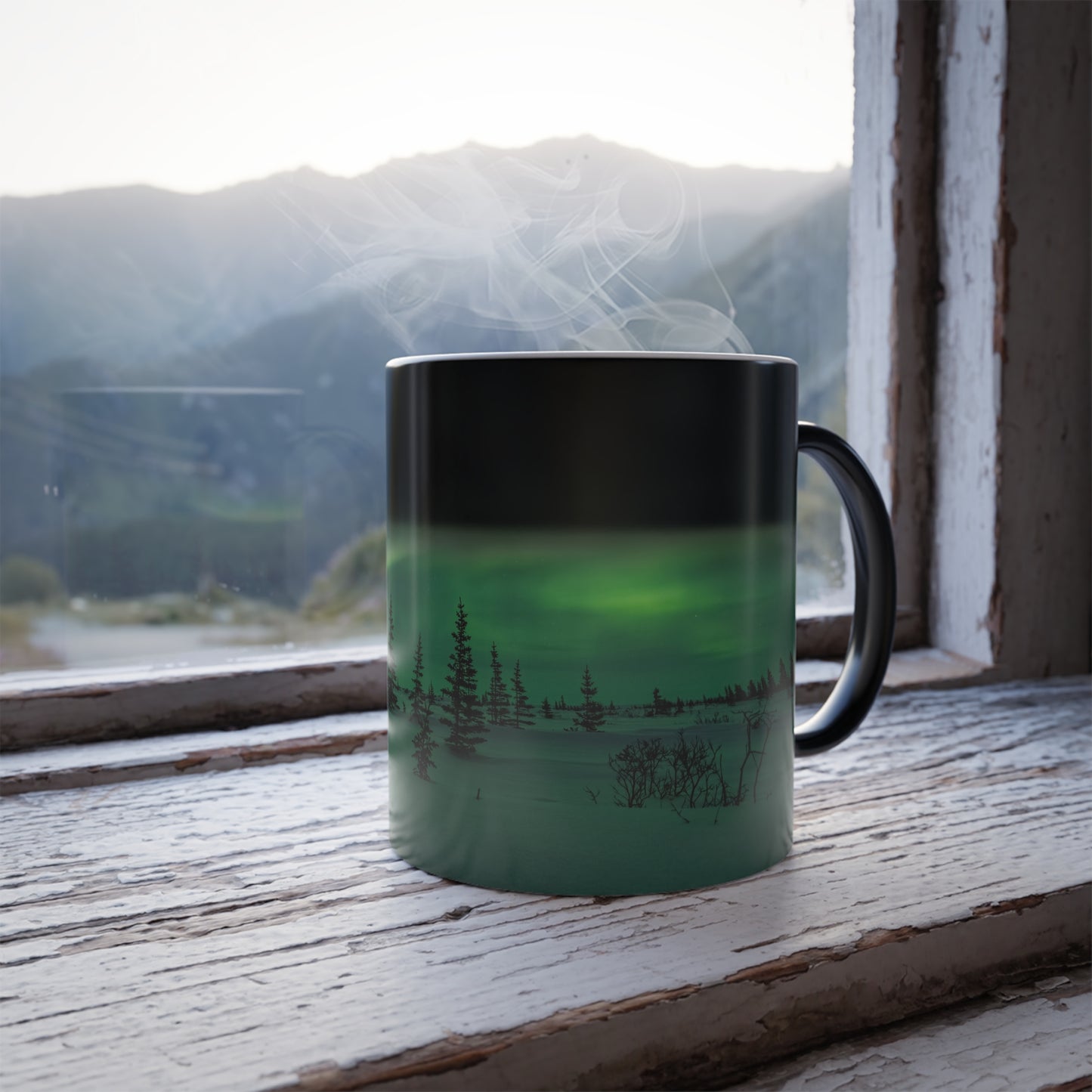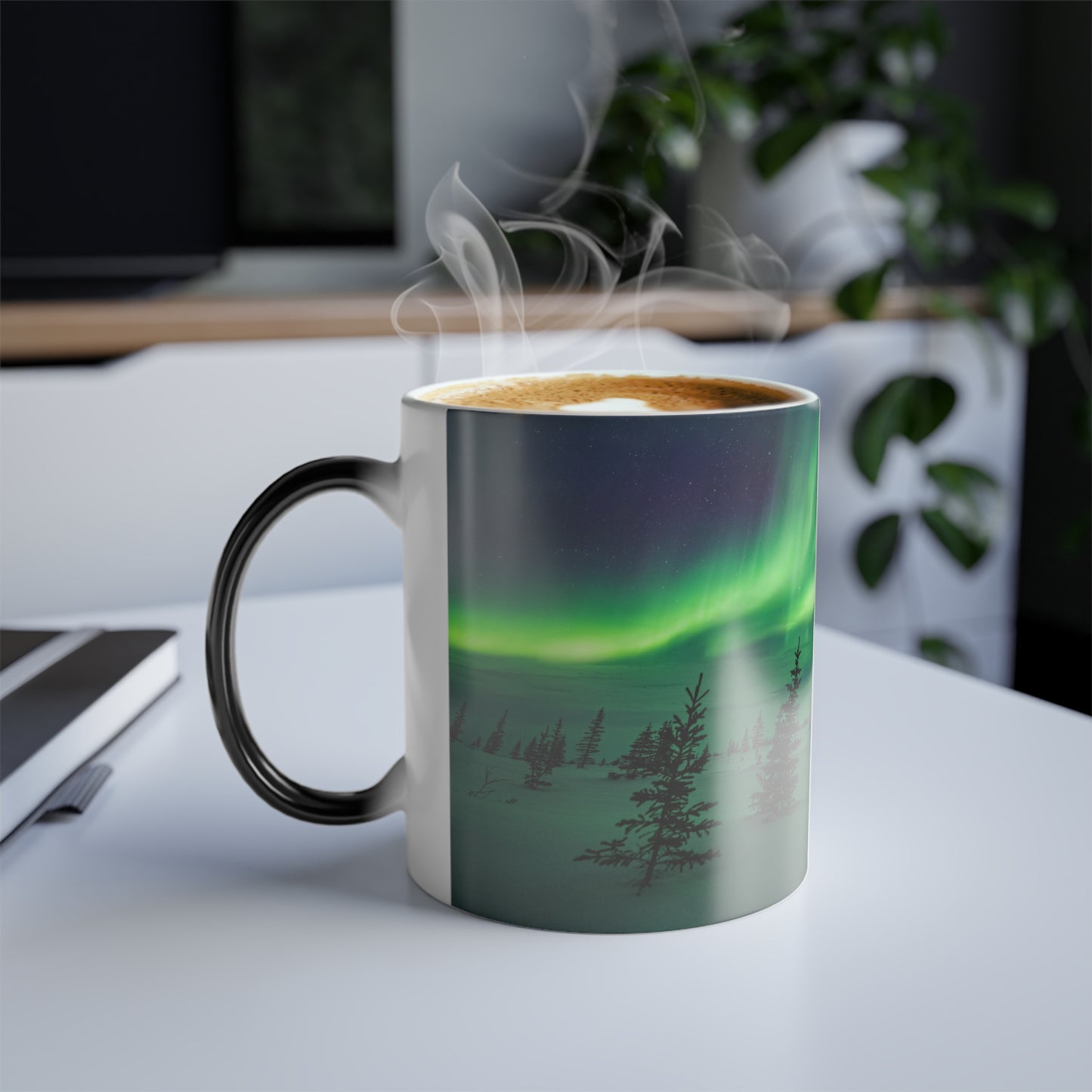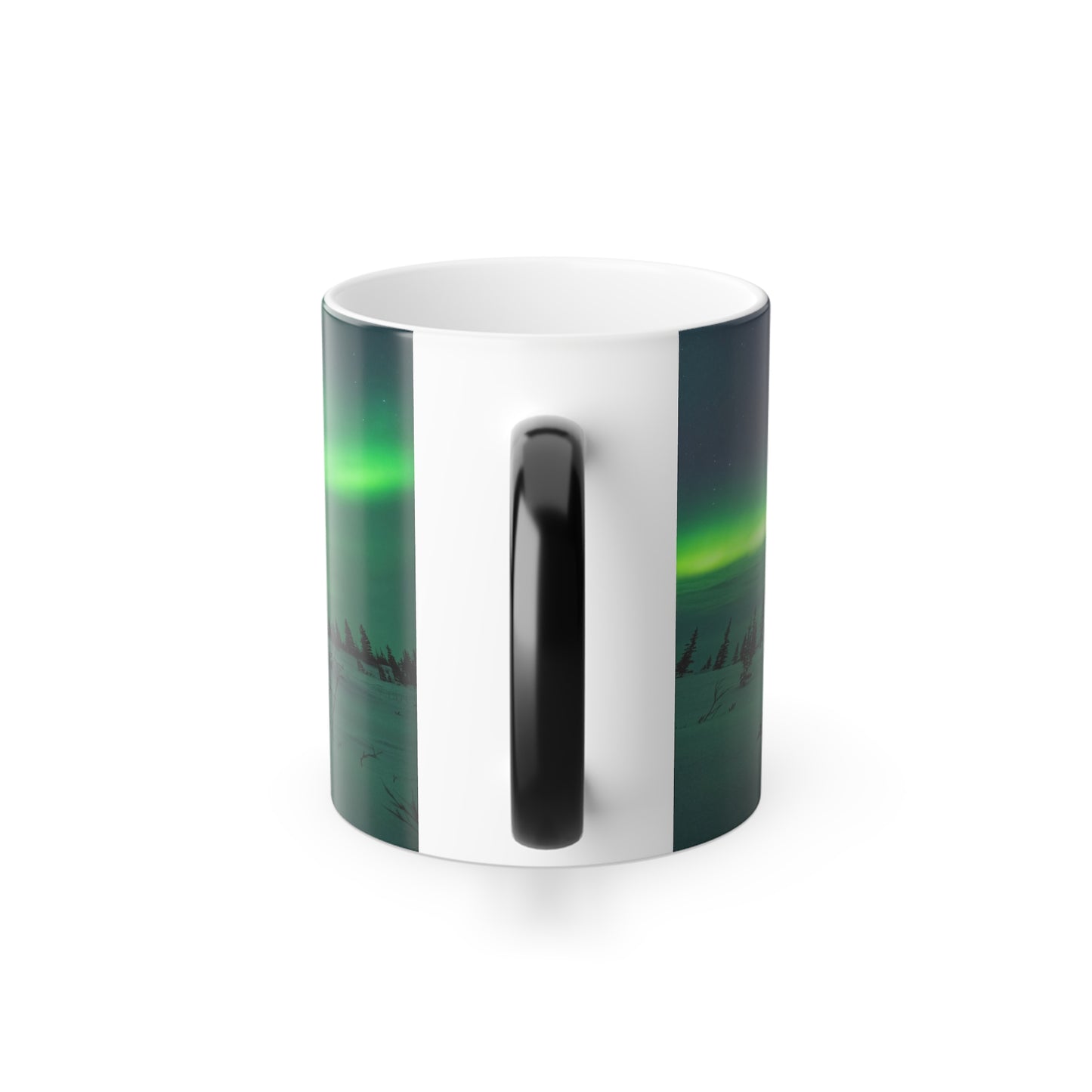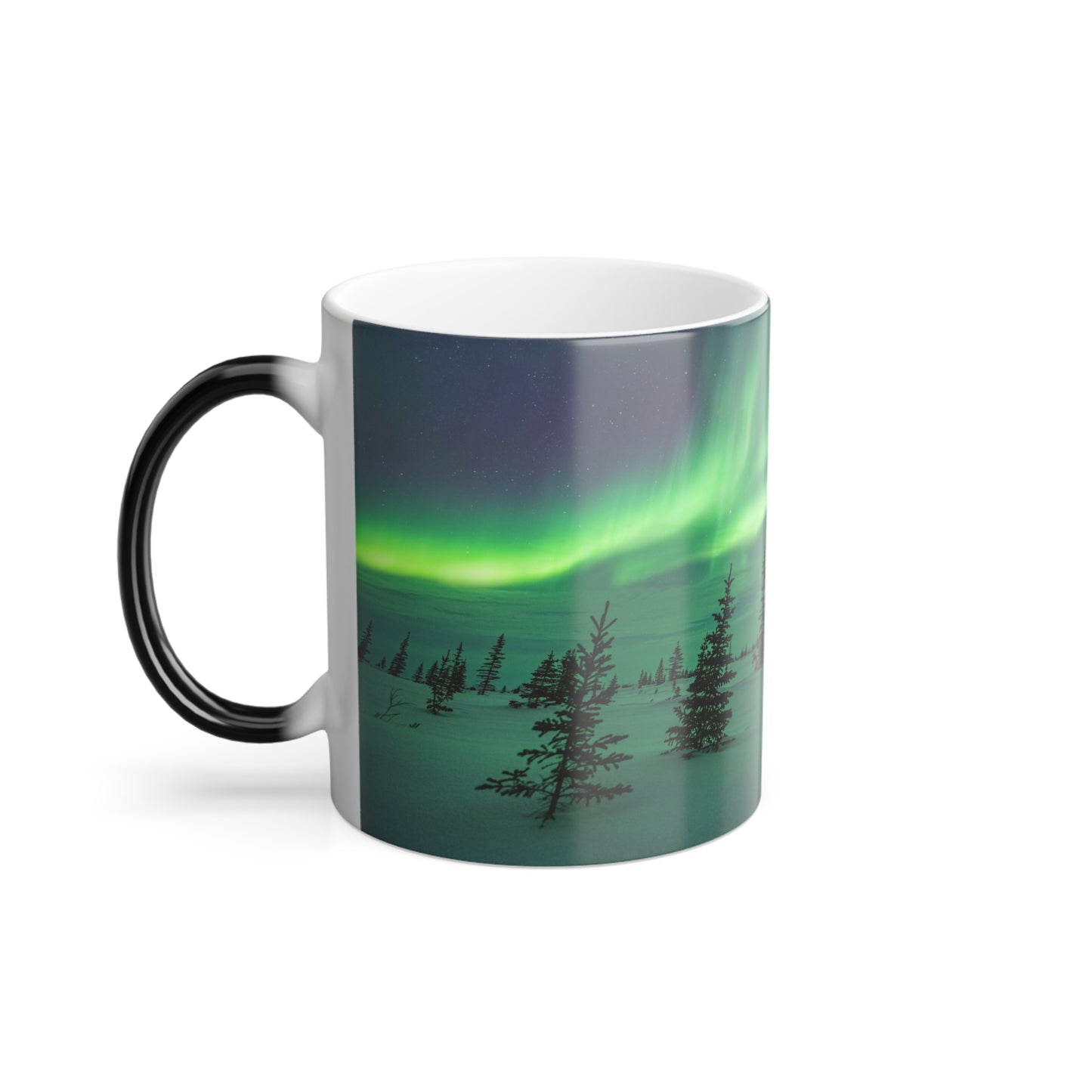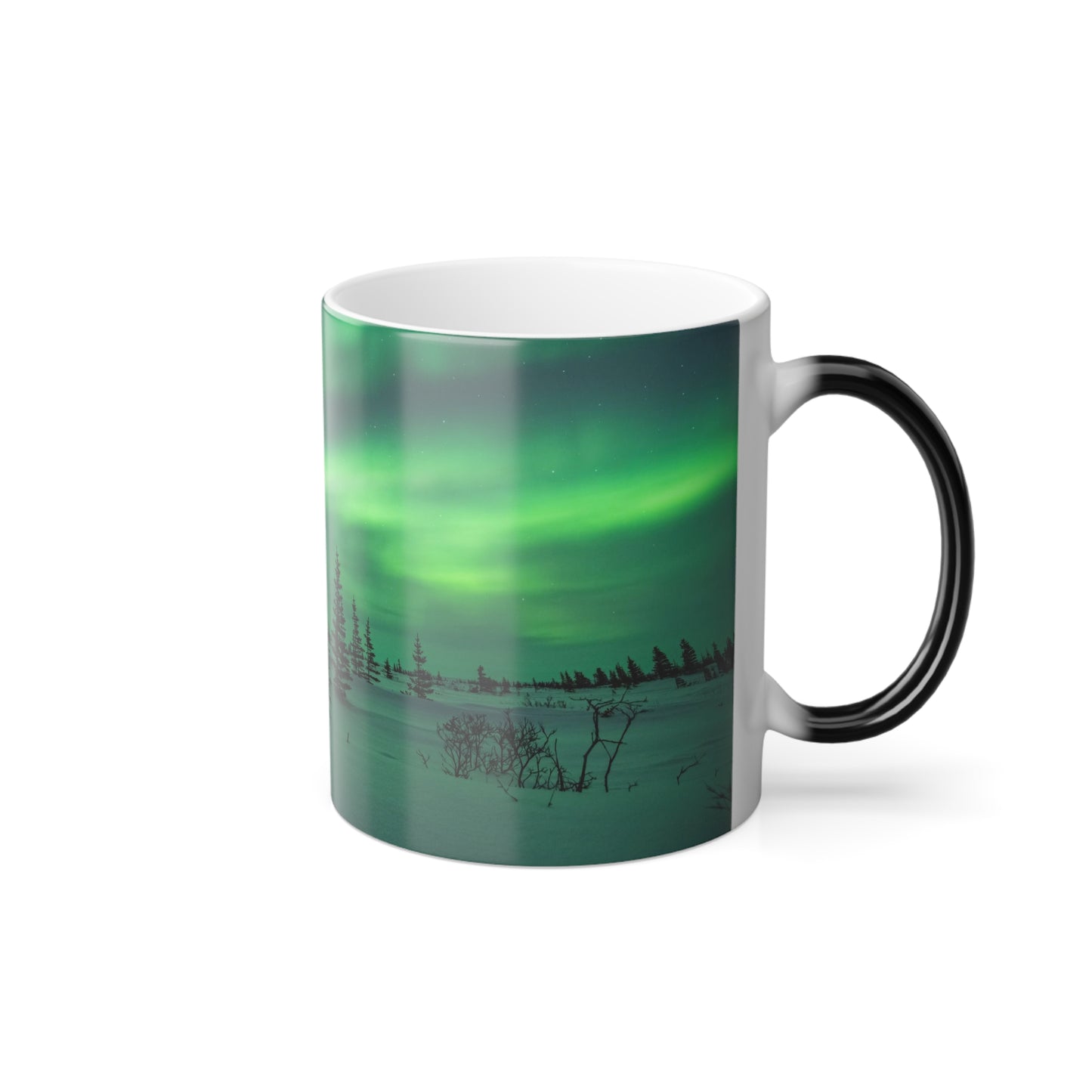Calling all aurora chasers!
SpaceX’s Fram2 human spaceflight mission will be launching on March 31 at 23:20 EDT, and we need your help! Astronauts aboard the Fram2 rocket will be orbiting around Earth’s poles and taking photos and videos of the aurora - the first time this has EVER been done. The SolarMaX project is using this unique opportunity to gather images of the aurora from the ground so that they can be combined with images from space to reconstruct the 3-d structure of auroral forms.
This is an exciting time for aurora science, and in this short blog, I’ll tell you everything you need to know about Fram2, SolarMaX, and how you can get involved!
For the latest updates, follow me on social media and visit the SolarMaX website.
What is Fram2?
Named after the historical ship Fram, which went on groundbreaking expeditions to the Arctic and Antarctica, a team of four space explorers, coming from six countries, will be the first humans to fly over Earth’s North and South Poles and witness the planet’s polar wilderness from space.

This privately funded mission will launch on a Falcon 9 rocket from Florida. The spacecraft will follow a 90° polar orbit, providing views of both the North and South Poles from altitudes of 425 to 450 kilometers, something no previous human spaceflight has achieved.
The North and South Poles are invisible to astronauts on the International Space Station, as well as to all previous human spaceflight missions except for the Apollo lunar missions but only from far away. To date, the highest inclination achieved by human spaceflight has been the Soviet Vostok 6 mission, at 65°.

Fram2 will be commanded by Chun Wang, a Maltese entrepreneur and Bitcoin pioneer. His crew includes Norwegian cinematographer Jannicke Mikkelsen, Australian polar adventurer Eric Philips, and German robotics researcher Rabea Rogge. Jannicke Mikkelsen will bring state of the art photographic equipment with her on the spaceflight.

The crew plans to observe Earth’s polar wilderness through Dragon’s cupola, leveraging insights from space physicists and citizen scientists.
One of my colleagues, Dr Katie Herlingshaw, researches light emissions that look like aurora but of which the causes are not yet understood. We are both involved in the International Space Science Institute’s ARCTICS working group that aims to better understand rare auroral phenomena and forms.
While I am not directly on the SolarMaX mission team, the ARCTICS group is partnering with Katie to help promote and spread the word about SolarMaX as well as develop a citizen science Handbook and Aurora Field Guide.

Both Katie and Jannicke live in the world's northernmost town Longyearbyen, Svalbard in the remote arctic. They hatched a plan for Fram2 to gather data to learn more about the aurora-like phenomena like STEVE and Fragmented Aurora-Like Emissions (FAEs). Learning more about these types of phenomena will help auroral scientists better understand how energy from the magnetosphere is transferred to out atmosphere. Even the fundamental definition of “What is an aurora?”

This year is the perfect time for Fram2. Already, there have been some spectacular auroral displays with sightings as far south as Mexico or as far north as Namibia in Africa. I even saw the aurora during the May 10-13 extreme geomagnetic storm from India!


Why SolarMaX?
Aurora chasers are transforming the field of auroral physics. Insights into phenomena like STEVE would not have been possible without the collaboration of aurora chasers with research scientists. The study of other auroral phenomena like FAEs would not be possible without aurora chasers’ photos. For example, while FAEs were discovered by scientists in Svalbard using specialized all-sky imagers, until aurora chasers showed photos of FAEs from Canada, Antarctica, and Alaska, FAEs were thought to be exclusively a Svalbard phenomenon.
Video from Tom Warner showing FAEs in northern Canada.
Understanding what conditions are required to create these strange aurora-like features are crucial for explaining what physical processes cause them, but this requires more observations.
What types of auroral phenomena is SolarMaX exploring?
The main goal of SolarMaX is for aurora chasers to look for and photograph the following aurora-like phenomena:

Fragmented Aurora-like emissions (FAEs or “fragments”) appear as small bits of green light and typically last for under a minute. They can, but do not always, appear close to auroral arcs and they can appear alone or in chains of multiple fragments next to each other. They were first spotted in Svalbard, Norway and recorded in two scientific papers in 2021. During strong auroral displays they appear brighter so are easier to observe. During low activity, with little or no aurora, the fragments are also sometimes observed but they are difficult to see--although it is possible with a camera. If the fragments happen, it is likely that they may happen again since the conditions to cause them might persist. Fragments have so far mostly been observed at the northernmost edge of the auroral oval but new observations suggest that they can occur within the auroral oval too. As of Fall 2024, fragments have been observed from Svalbard, Northern Norway and Northern Finland, Greenland, Iceland, Canada, and Antarctica but there are a low number of observations in locations other than Svalbard.

Continuous emissions (continuum) can appear above or below the main auroral oval and are also seen in the STEVE phenomenon. The word “continuum” refers to the spectral signature - typical auroras have very distinct colors at specific wavelengths (e.g., green aurora is almost exclusively emitted at 557.6 nm), but continuum auroras emit light in a broad range of colors, so many colors that they blend together and appear white or gray in photos.

STEVE has been studied on the equatorward side of the auroral oval and is often seen with different phenomena - the “picket fence” and “streaks.” However, STEVE-like continuum emissions have also been photographed in Svalbard and other areas poleward of the auroral oval as well as within the aurora itself. STEVE is often seen after substorms during the recovery phase of the aurora and stands on its own as a long arc across the sky. Typically, STEVE occurs for longer than 15 minutes and can even last for upwards of an hour. The continuum emissions in Svalbard usually appear as thin slivers instead of stretching across the entire sky and don’t last as long.

Streaks occur alongside (usually appearing underneath) picket fence structures that are seen with STEVE. They are not aligned with the picket fence structures, coming off the side like feet or messy dots on exclamation points. In fact, sometimes streaks can appear at almost right angles to the picket fence features and are importantly not aligned with magnetic field lines coming into Earth’s atmosphere. FAEs are also not aligned with Earth’s magnetic field and similarly follow random patterns in the sky. This is strange because normal auroral emissions are usually aligned up and down these magnetic field line directions. Researchers think that fragments and streaks are not caused by particles flowing down the magnetic field lines but may be caused by a yet-to-be identified process in the ionosphere.
You might think some of the features look a little alike - and that's because they do! SolarMaX aims to compare these features to better understand their origins and evolution. However, space weather is unpredictable, so what will appear during the mission observation window is uncertain. If other aurora and aurora-like features are photographed by the citizen scientists and Jannicke, researchers will also be keen to dig into the data for those as well.
How can you get involved?
If you’re a community leader in an aurora group, a media or tourism contact, or a social media influencer or blogger, aurora scientist, or classroom educator, you should visit the SolarMaX mission website to learn how to get involved, but if you’re an aurora photographer or aspire to be, then keep reading, because we need your help!

Aurora chasers taking photos of the aurora can play a crucial role in helping researchers discover more about streaks, fragments, continuum, and other types of aurora or aurora-like emissions. While Jannicke will be capturing videos and images of the aurora from space, we are hoping multiple observations from the ground can be used to triangulate the heights of certain auroral features. These insights into their 3-D structures can be used to build models and understand the energies of the particles that create different types of aurora.
The key will be to take images of the aurora along or near the flight path of the Fram2 rocket as it flies overhead your location. Once Fram2 launches, there will be more information on its exact trajectory on the SolarMaX mission website. Furthermore, in many aurora chasing Facebook groups, there will be updates on the flight path and when specific groups should be looking outside.

If you don’t have experience taking aurora photos, that’s no problem! Check out my Complete Guide to Aurora Photography e-book or my FREE Beginner’s Guide to Aurora Chasing (just sign up to my email list to get a code for 100% off). Key to capturing crisp photos of the aurora is keeping your camera stable to avoid blur. Achieving good focus is also important along with choosing the right exposure settings.
Timelapse photography is also a great way to capture many photos of auroral phenomena. Check out my blog article detailing how to capture aurora timelapses.
To make your data useful to researchers, you will need to provide accurate time and location information. If you have a smartphone, this shouldn’t be a problem since your camera app should record your time and location within the photo. If you are using a professional camera, make sure you set the time correctly and that the time zone is correct. Using universal time makes life easier. I use a time zone converter.
Connecting with other aurora chasers is also a good idea! Check out aurora chasing Facebook groups specific to your location. For example, I typically use the Aurora Borealis Notifications group up in Fairbanks, but when I lived in North Dakota and Minnesota, the Great Lakes Aurora Hunters was my go-to group. These pages are great places to ask photography questions and discuss recent aurora sightings. The ARCTICS team and other aurora chasers collaborating with the SolarMaX mission will also post updates with directions on when and where to point your cameras in coordination with the flight path of Fram2.

For identifying specific types of aurora or aurora-like phenomena (like fragments, STEVE, etc.), consult the Handbook and Aurora Field Guide ISSI ARCTICS has prepared. These can be found on the SolarMaX website.
For all the latest news on this mission, follow my pages for updates and details on the Fram2 launch and how you can best contribute!
To submit your photos, upload them to the Skywarden website. Skywarden is a platform that allows observers to upload their observations and photos of night sky phenomena (including aurora). These images are then made open for scientists to use but not for commercial purposes. Make sure to use the hashtag #solarmaxmission somewhere in Skywarden's observation description field.
For a tutorial on how to use Skywarden, check out this video guide that provides a detailed explanation of the submission process. For SolarMaX, we are especially interested in fragments, continuous emissions, STEVE, and streaks. When posting observations, upload the photos that clearly show the phenomena that you have observed and keep the rest of the photos from the series for future use. If you are not sure, then upload a representative sample of 8 images or so from the night.

With that, let’s hope for a successful launch of Fram2 on March 31 and that there are clear skies so observers on the ground can record the aurora along with Jannicke from above. This is an unprecedented opportunity to do groundbreaking aurora science, and we need your help!
For questions regarding SolarMaX, please contact me or Dr. Katie Herlingshaw. Otherwise, stay up to date on the latest news and information by following me on social media. I will make updates periodically before the launch then regular posts as Fram2 is in orbit. Get ready!



